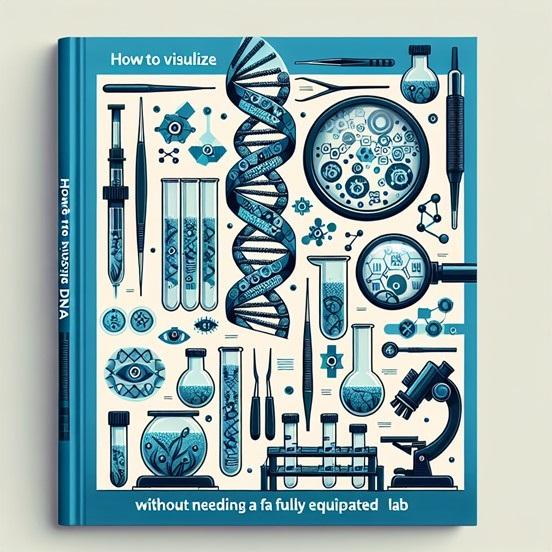How Does Berlin’s History Shape Its Modern Culture

Berlin, a city that has witnessed tremendous historical shifts, offers a fascinating blend of past and present. Its rich and complex history directly impacts its current cultural landscape, creating a space where art, politics, and social movements intersect. From the days of the Prussian Empire to the turbulence of the 20th century, Berlin’s unique journey continues to influence how its modern culture is shaped today.

How Does Berlin’s History Shape Its Modern Culture?
A City Shaped by Division
The division of Berlin into East and West during the Cold War is a defining moment in the city's history. Following World War II, the construction of the Berlin Wall in 1961 physically separated families, friends, and communities for almost three decades. The influence of this division can still be seen in the city’s modern culture.
Many of Berlin's art, architecture, and social movements reflect this history of separation. The eastern part of the city, formerly under Soviet control, still features remnants of communist-era architecture, contrasting with the more modernized and commercialized West Berlin.
Today, neighborhoods such as Friedrichshain and Kreuzberg have become hubs for alternative art and culture, largely because of their historical significance and role in the city's reunification. The cultural legacy of the divided Berlin continues to inspire artists, filmmakers, and musicians to explore themes of freedom, unity, and resilience.
The Impact of Political Turbulence
Berlin’s political landscape has always played a crucial role in shaping its cultural identity. The city has been the center of political unrest, uprisings, and significant movements throughout its history. The Weimar Republic, established after World War I, was a time of immense social and political experimentation. It was during this era that Berlin became known for its flourishing artistic and intellectual communities.
The rise of Nazi Germany, however, marked a devastating turn for the city. The persecution of intellectuals, artists, and other minority groups had a profound impact on Berlin’s cultural scene, erasing much of its vibrant pre-war identity. Today, the city actively remembers this dark chapter through its many memorials, museums, and public works dedicated to victims of the Holocaust and other atrocities.
These reminders of the city’s political past have shaped a modern culture that emphasizes tolerance, openness, and social justice. Berlin’s cultural institutions often reflect on these historical lessons, promoting a forward-thinking, inclusive society.
Architecture: A Testament to Berlin’s Historical Layers
Walking through Berlin feels like a journey through time, with each neighborhood reflecting different periods of the city’s history. From the neoclassical grandeur of the Brandenburg Gate to the utilitarian structures of the GDR, Berlin’s architecture tells the story of its turbulent past.
Post-reunification, there has been a significant focus on restoring historical buildings while integrating modern designs. The Reichstag building, for instance, now features a modern glass dome designed by architect Norman Foster, symbolizing transparency in government while preserving the original structure. This blending of old and new is emblematic of Berlin’s broader cultural narrative, where history is neither forgotten nor ignored but integrated into the city’s evolving identity.
Conclusion
Berlin’s history, marked by division, political upheaval, and eventual reunification, continues to shape its modern culture in profound ways. The city’s artistic, architectural, and social landscapes are deeply intertwined with its past, creating a culture that is both reflective and forward-looking. This makes the city a dynamic space where the past and present coexist, continuously influencing its identity.










Comments